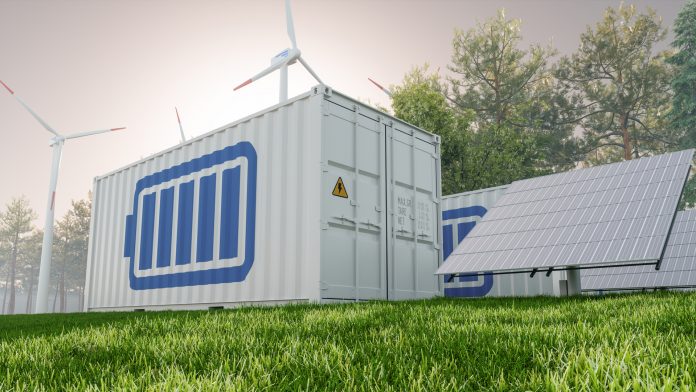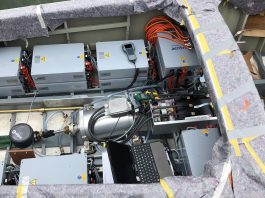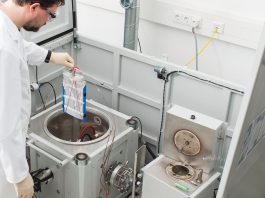Researchers from Chalmers University of Technology have made a significant breakthrough in “massless” energy storage with a structural battery that performs ten times better than all previous versions.
The battery contains carbon fibre that behaves simultaneously as an electrode, conductor, and load-bearing material and prepares the way for essentially ’massless’ energy storage in electric vehicles and other technologies.
Currently, a large part of the weight of electric vehicles is the batteries they contain, and they do not fulfil any load-bearing function.
A structural battery, however, works both as a power source and as part of the structure, for example, in a car body. The fact the structural battery is part of the load-bearing structure means that unnecessary battery weight vanishes, thus the term “massless” energy storage.
Calculations indicate that this type of battery could massively reduce the weight of an electric vehicle.
The research currently being conducted at the university builds on many years of research and previous discoveries. The first attempt to make a structural battery was made as early as 2007, but it has so far proven difficult to manufacture batteries with both good electrical and mechanical properties.
Leif Asp, Professor at Chalmers and Leader of the project, explained: “Previous attempts to make structural batteries have resulted in cells with either good mechanical properties, or good electrical properties. But here, using carbon fibre, we have succeeded in designing a structural battery with both competitive energy storage capacity and rigidity.”
The structural battery created by the team contains properties that exceed previous attempts, and its multifunctional performance is ten times higher than previous structural battery prototypes.
The battery has an energy density of 24 Wh/kg, which is approximately 20% of the capacity of the comparable lithium-ion batteries that are currently available.
However, because the weight of the electric vehicles can be greatly reduced, they will require less energy to drive, and the lower energy density will lead to increased safety.
The research team is confident that the structural battery can compete with many other commonly used construction materials.
“The next generation structural battery has fantastic potential. If you look at consumer technology, it could be quite possible within a few years to manufacture smartphones, laptops or electric bicycles that weigh half as much as today and are much more compact”, adds Asp.
This research on structural batteries is being led in collaboration between Chalmers University of Technology and KTH Royal Institute of Technology. The battery electrolyte has been developed at KTH. The project includes researchers from five different disciplines: material mechanics, materials engineering, lightweight structures, applied electrochemistry and fibre and polymer technology.









